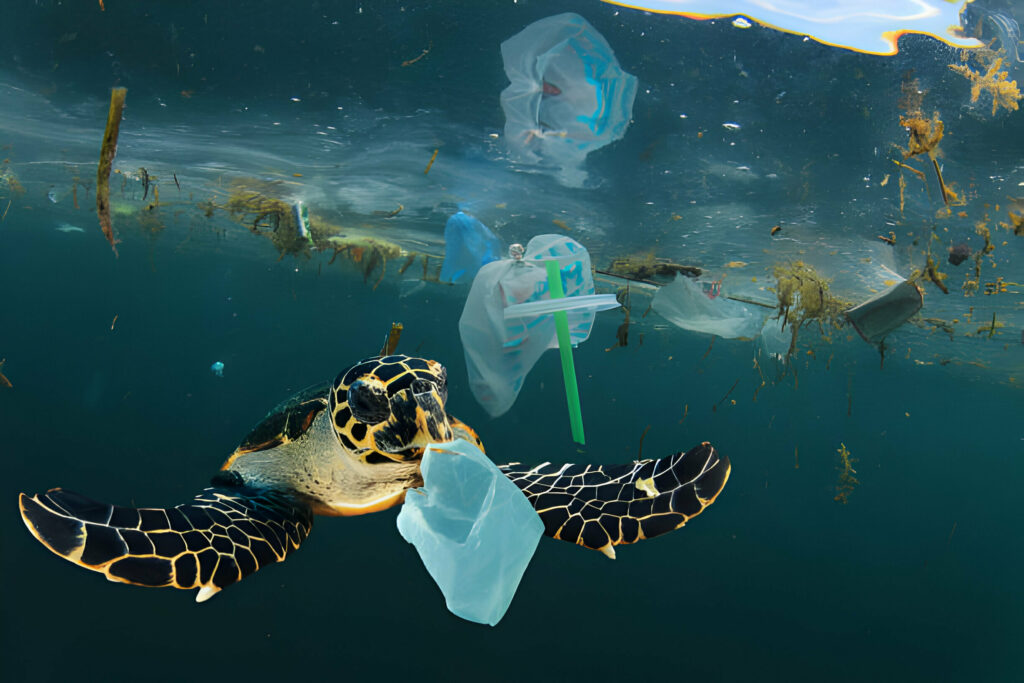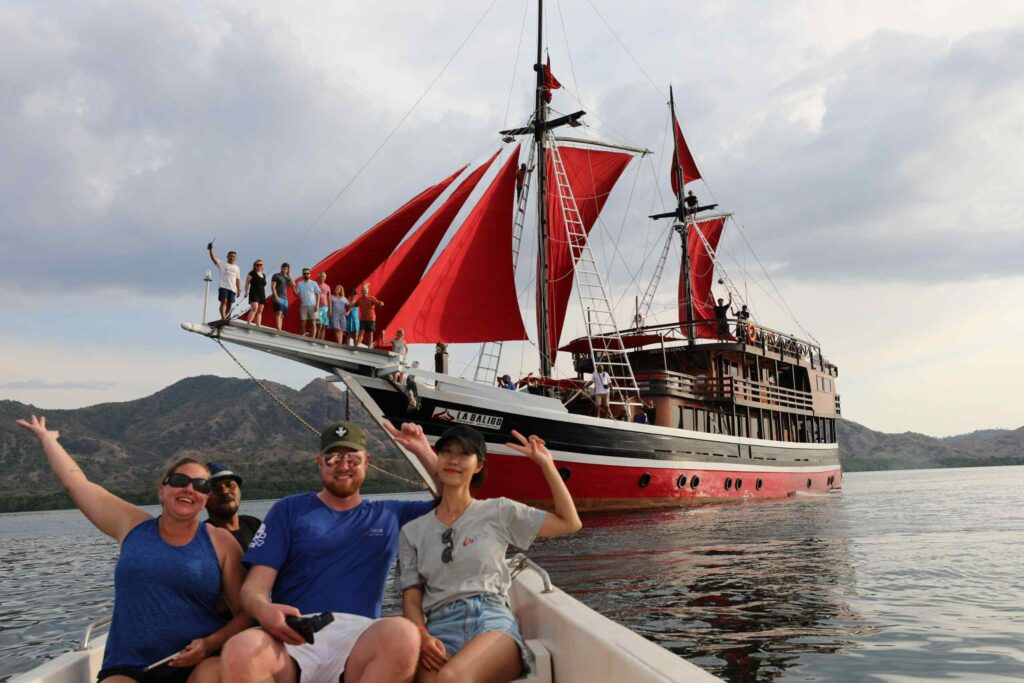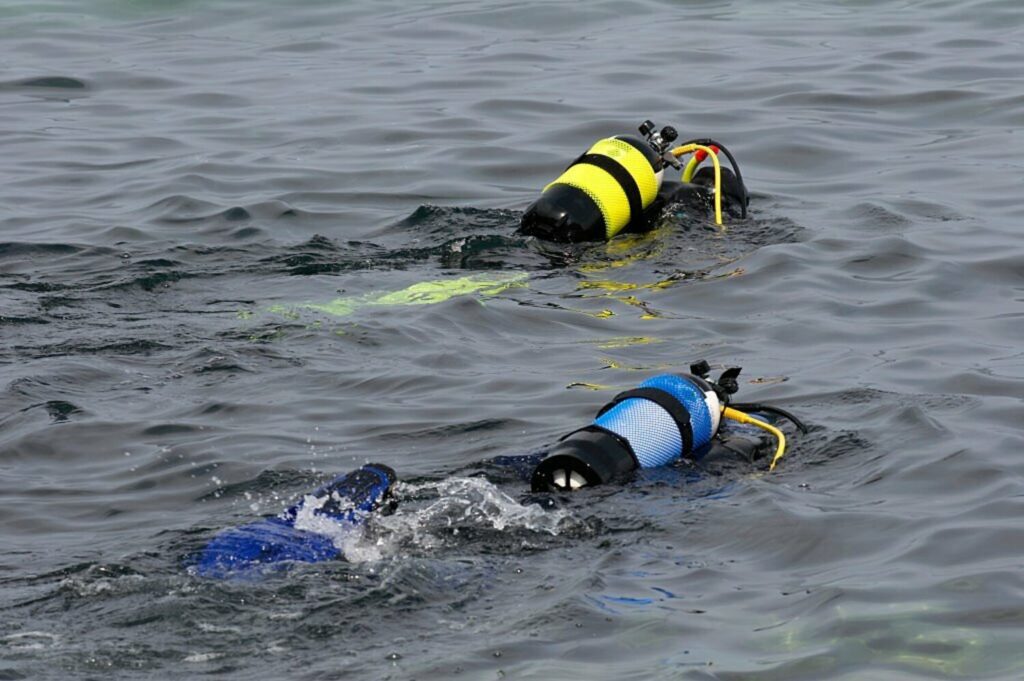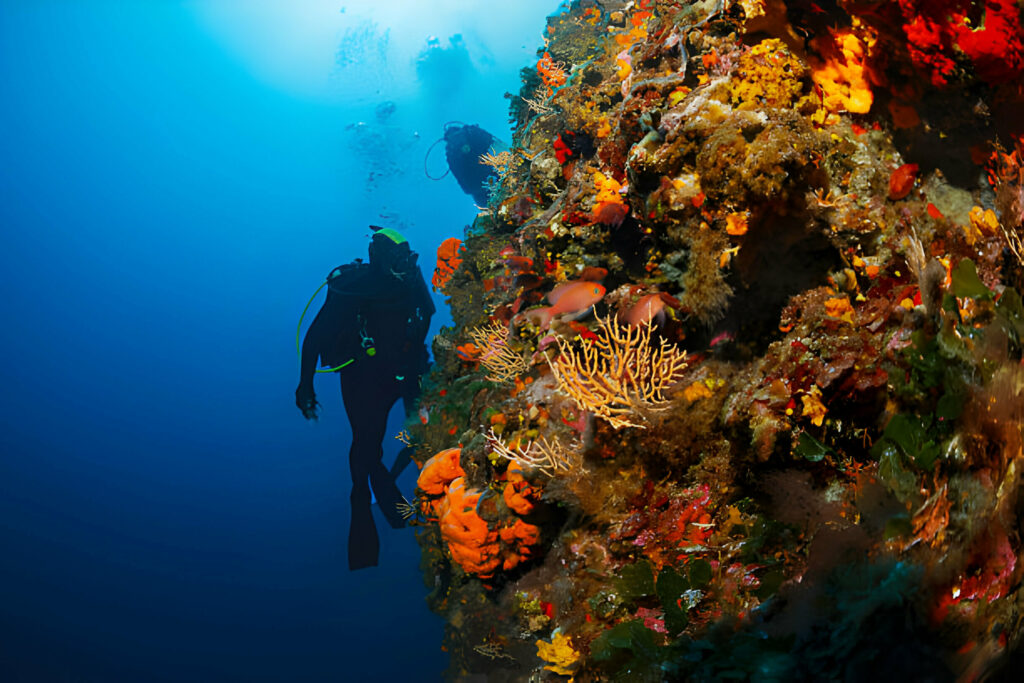The Underwater World of the Komodo National Park - Part 1 Big Creatures
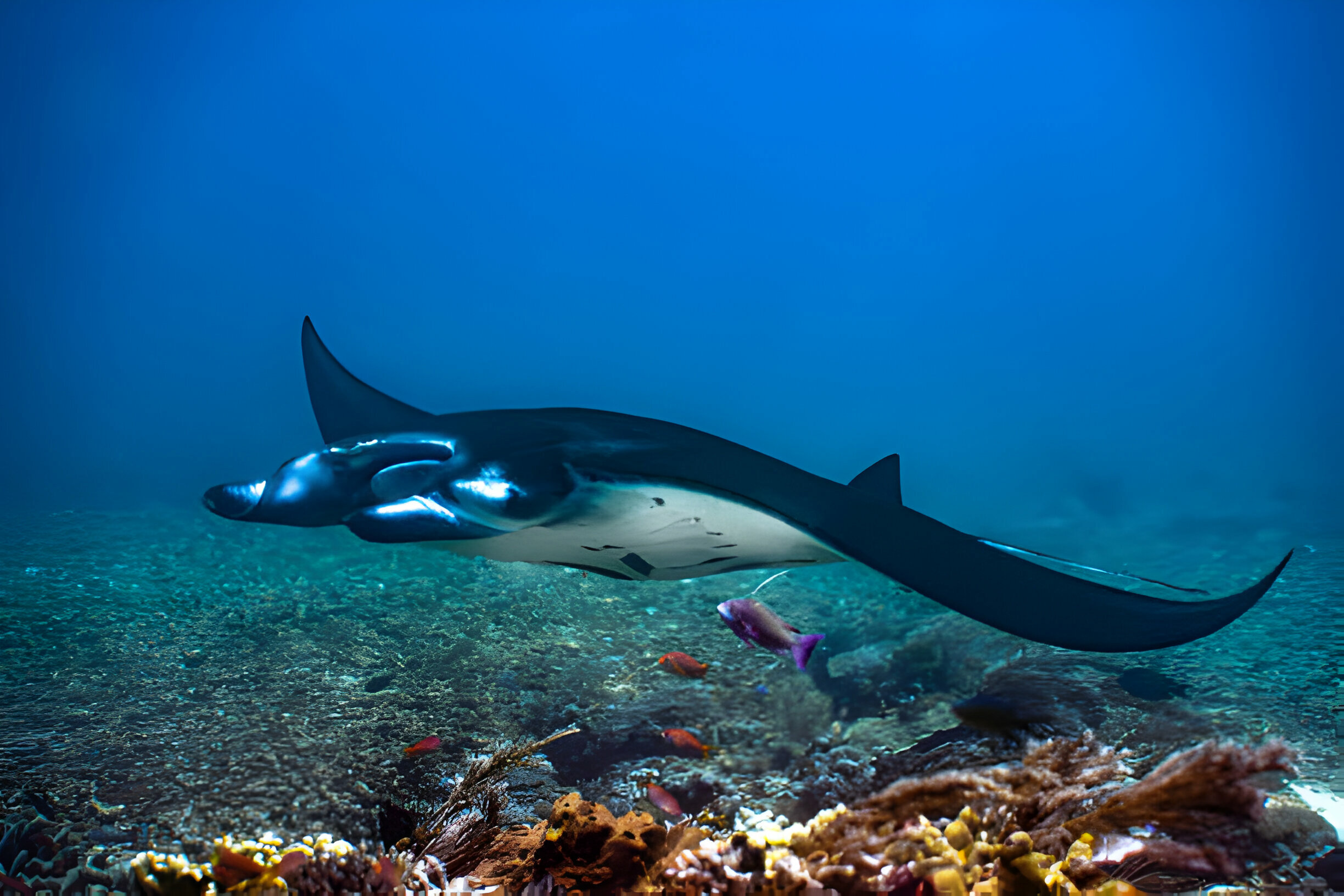
Welcome to the fascinating underwater world of Komodo National Park! In this series, we’ll explore the diverse marine life that inhabits these pristine waters. From the majestic big creatures to the intricate micro-organisms, the Komodo National Park is a treasure trove of biodiversity. Join us as we delve into the breathtaking world beneath the waves, where you’ll encounter an array of mesmerising creatures that call this underwater wonderland home.
The underwater world of Komodo National Park is home to an array of fascinating creatures, from the majestic manta rays to the awe-inspiring Blue Whales. These big creatures are not only a sight to behold but also play a crucial role in the delicate ecosystem of the park. In this article, we delve into the wondrous world of these magnificent marine giants, exploring their behaviours, habitats, and the importance of their conservation. Join us on a journey beneath the waves as we uncover the secrets of these incredible underwater creatures.
As we continue to explore the depths of the ocean in Komodo National Park, we are reminded of the importance of preserving and protecting these big creatures, not only for our own enjoyment and wonder but also for the well-being of the entire marine ecosystem. Join us as we uncover more of the mysteries and marvels of the underwater world in this remarkable national park.
Manta Rays
Manta rays are not only visually stunning but also fascinating in their behaviour and social structure. These graceful creatures are known for their curious and gentle nature, often approaching divers with a sense of curiosity and playfulness. Their distinctive wing-like fins allow them to glide effortlessly through the water, creating an enchanting sight for those fortunate enough to encounter them.
These majestic creatures are also crucial for the marine ecosystem of Komodo National Park. As filter feeders, manta rays play a vital role in controlling the population of planktonic organisms, which helps maintain the overall health and balance of the underwater environment. Their presence is a testament to the park’s rich biodiversity and the need for conservation efforts to ensure their continued existence.
Ocean Sunfish / Moonfish
The Ocean Sunfish, also known as the Moonfish, is another unique and impressive creature that can be found in the waters of southern Komodo National Park. These massive creatures are the heaviest bony fish in the world and can grow up to 10 feet in length. Their unusual appearance, with a flattened body and rough skin, often draws the attention of divers and snorkelers. Despite their size, Ocean Sunfish are known for their gentle nature and are a thrilling sight for anyone lucky enough to encounter them in the underwater world of the park.
Sperm Whales
Moving onto an even bigger colossal predator of the deep, the Sperm Whales are another remarkable addition to the diverse marine life of Komodo National Park. These enormous cetaceans, with their impressive size and distinctive square-shaped heads, are a symbol of power and mystery in the underwater world.
Sperm whales are known for their deep diving abilities, venturing into the dark depths of the ocean in search of their prey. Their presence in the waters of Komodo National Park signifies the rich and complex ecosystem that supports a variety of marine life, from the tiniest microorganisms to the largest predators.
Exploring the behaviours, feeding habits, and social structure of Sperm Whales will provide us with a deeper understanding of their crucial role in the underwater environment. Indonesia’s protected species list in 1980 listed the Sperm Whale, the legislation was aimed at protecting these magnificent creatures and will emphasise the importance of preserving their habitats and ensuring the sustainability of their population.
Blue Whales
Blue whales are the largest animals on the planet, and encountering one in the waters of Komodo National Park is a truly awe-inspiring experience. These magnificent creatures can reach lengths of up to 30 metres (100 feet) and weigh as much as 200 tons. Known for their hauntingly beautiful songs and loud vocalisations, blue whales are a sight to behold for any visitor to the park.
In recent years, the waters surrounding Komodo National Park have become an important feeding ground for migrating blue whales, providing a unique opportunity for marine enthusiasts to witness these majestic creatures in their natural habitat. The park’s rich and diverse marine ecosystem offers an unparalleled opportunity to observe and appreciate some of the most remarkable creatures that inhabit our planet’s oceans.
ALSO READ : 7 Species of Sharks You Should Get to Know
Nurse Sharks
Nurse sharks are one of the most fascinating creatures in the underwater world of Komodo National Park. These docile sharks can often be found resting on the sandy ocean floor during the day, and they become more active at night when they hunt for small fish and invertebrates. Their distinctive catfish-like whiskers and slow, deliberate movements make them a favourite subject for underwater photographers.
Blacktip Reef Sharks
Blacktip Reef Sharks are another fascinating sight for visitors to the underwater world of Komodo National Park. These sleek and agile predators are commonly found in the shallow waters around coral reefs, where they hunt for small fish and crustaceans. Known for their distinctive black-tipped fins, these sharks are a common and iconic sight in the warm tropical waters of the park.
Encountering these sharks while diving or snorkelling in the park is an exhilarating experience for those seeking to witness the underwater predators in their natural habitat. Despite their predatory nature, blacktip reef sharks are generally timid and pose little threat to humans. Observing them from a respectful distance allows visitors to appreciate their vital role in maintaining the delicate balance of the park’s marine ecosystem.
In addition to the awe-inspiring encounters with blue whales, the presence of blacktip reef sharks adds to the allure of Komodo National Park as a premier destination for marine enthusiasts and nature lovers seeking a deeper connection with the underwater world.
Whitetip Reef Sharks
Whitetip Reef Sharks are another captivating feature of the underwater world in Komodo National Park. These graceful sharks are known for their distinctive white-tipped dorsal and caudal fins, as well as their slender and agile bodies. Whitetip reef sharks are commonly found resting on the seafloor during the day, using their muscular bodies to maintain position against the gentle currents.
Encountering these sharks while diving or snorkelling in the pristine waters of the park offers a unique opportunity to observe their elegant movement and behaviour. Despite their formidable appearance, whitetip reef sharks are generally docile and non-aggressive towards humans, making them a popular subject for underwater photography and observation.
The presence of whitetip reef sharks, along with the blue whales and blacktip reef sharks, further highlights the diversity and abundance of marine life in Komodo National Park. The opportunity to witness these majestic creatures in their natural environment is a testament to the park’s status as a world-class destination for marine conservation and eco-tourism.
Brown Banded Reef Sharks
Brown Banded Reef Sharks are another intriguing addition to the diverse marine life in the underwater world of Komodo National Park. These mesmerising sharks are easily identifiable by the distinct brown bands that run along their sleek bodies, adding to their striking appearance. Typically found in the shallow waters around coral reefs, brown banded reef sharks are known for their nocturnal hunting habits and can often be spotted resting on the sandy seabed during the day.
Encountering these graceful creatures while exploring the underwater landscapes of the park is a unique experience that allows visitors to appreciate the intricate beauty and importance of these predators in maintaining the ecological balance of the marine ecosystem. Despite their predatory nature, brown banded reef sharks are generally shy and non-aggressive towards humans, making them an enchanting sight for divers and snorkelers seeking to observe marine life in its natural habitat.
The presence of brown banded reef sharks, alongside other remarkable marine species such as blue whales, blacktip reef sharks, and whitetip reef sharks, further cements Komodo National Park’s reputation as a sanctuary for an extraordinary array of underwater wildlife. As visitors continue to explore and appreciate the underwater world of the park, they contribute to the ongoing efforts of marine conservation and eco-tourism in this remarkable destination.
Enjoy a Diving Trip in Raja Ampat and Komodo with La Galigo Liveaboard
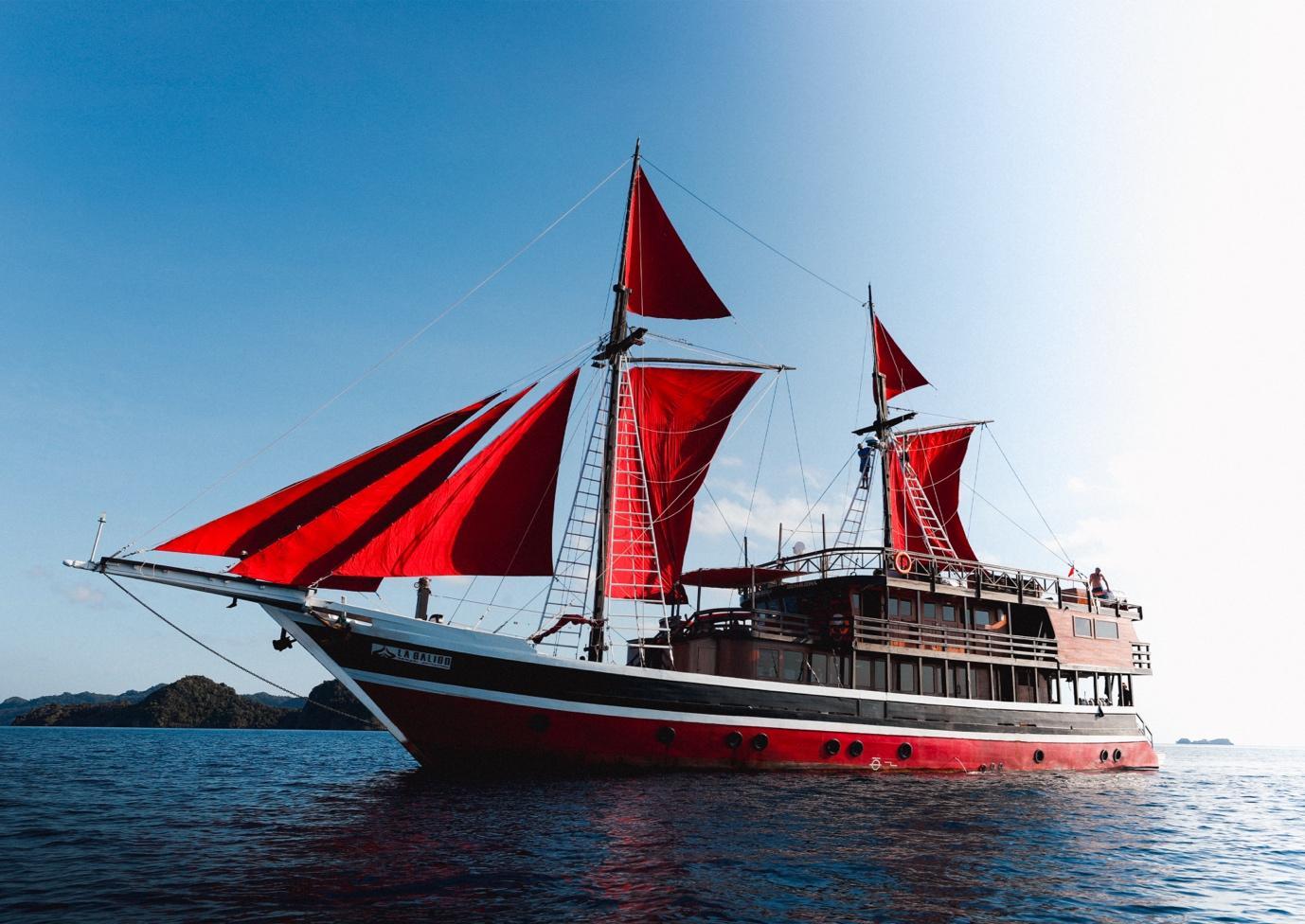
La Galigo is known as one of the best liveaboard diving boats in Raja Ampat Indonesia, and it offers trips to well-known diving destinations such as Komodo and Raja Ampat. The Coral Triangle is located in Indonesia, which has the highest marine biodiversity on the planet.
La Galigo Liveaboard Diving was founded in 2015 by two avid divers who wanted to explore some of Indonesia’s pristine reefs but found that all existing scuba diving options were frequently out of their budget, and wanted to provide an affordable option for everyone to be able to explore these beautiful places.
La Galigo Liveaboard Diving in Raja Ampat & Komodo is a friends and family affair, and our liveaboard diving trips are always focused on fun, safety, guest comfortability, and are exceptional value for money. Our trip prices range from $2,160 for a six-day Komodo liveaboard diving trip to $3,815 for an eight-day Raja Ampat liveaboard diving trip. The price includes four meals a day, diving or snorkelling three to four times a day, and land tours.


